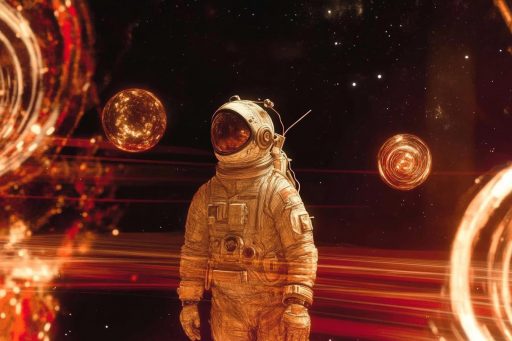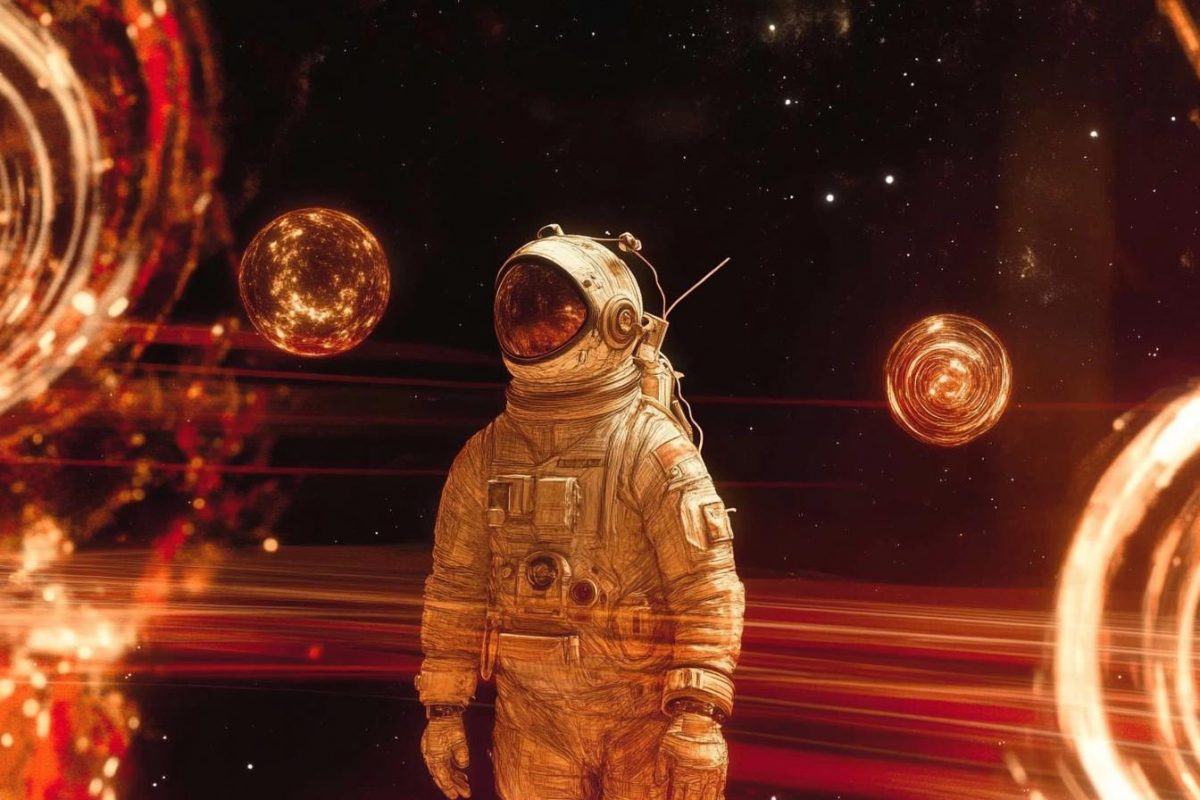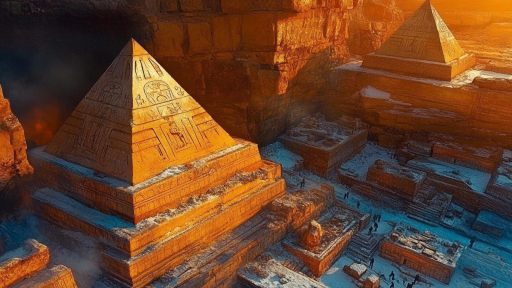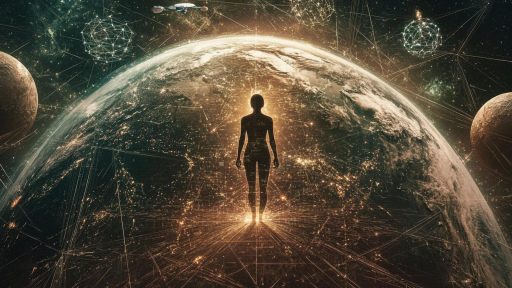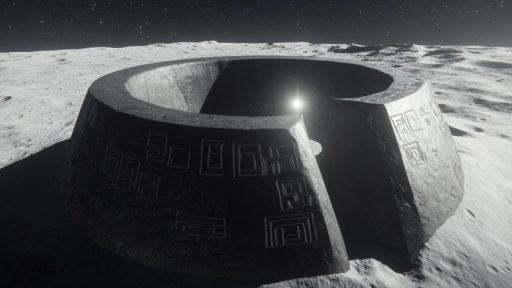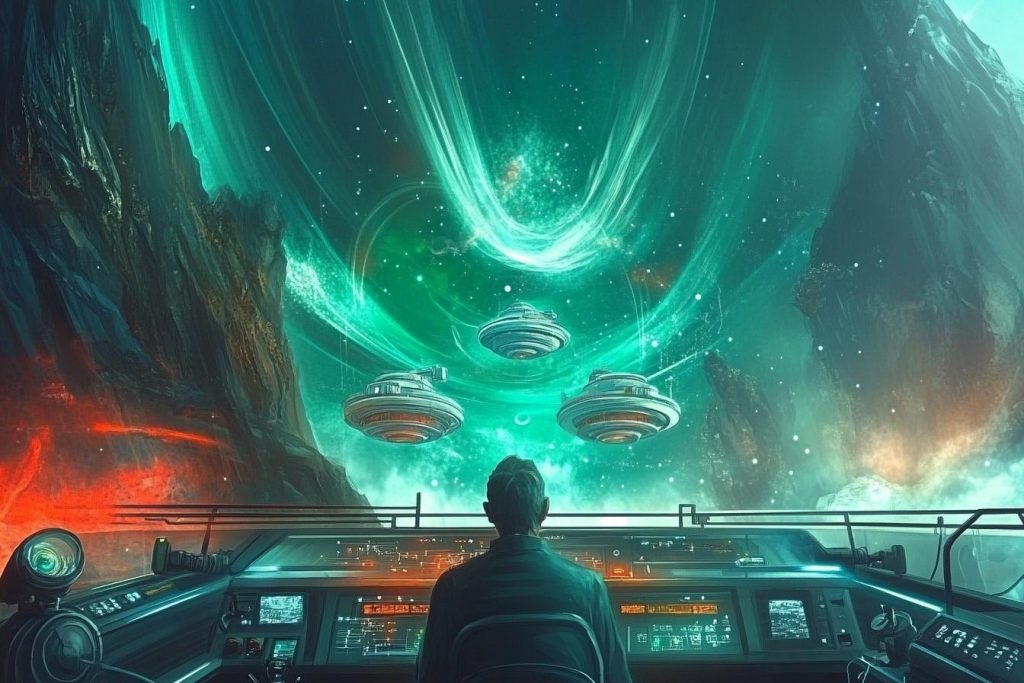
For centuries, humans have gazed at the stars with wonder, but recent discoveries have shattered what we thought we knew about space. From mysterious cosmic signals to planets that defy the laws of physics, the universe continues to surprise and redefine our place within it. These revelations challenge conventional thinking and offer a glimpse into a cosmos far stranger—and more extraordinary—than we ever imagined. The more we uncover, the more it becomes clear: the universe is anything but ordinary.
The First Image of a Black Hole
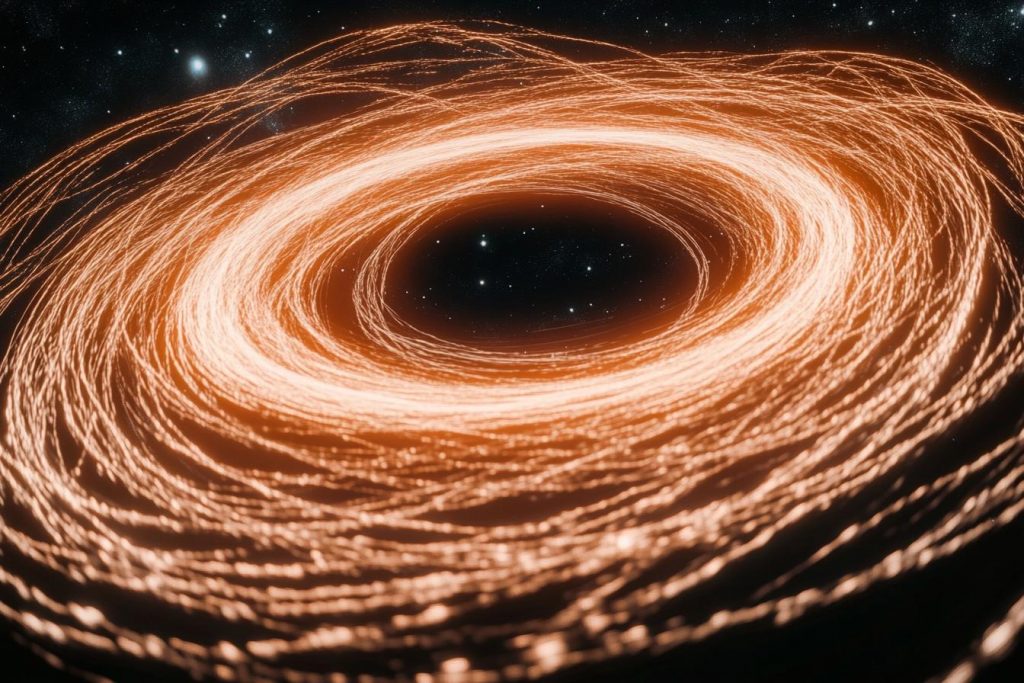
In 2019, humanity glimpsed the unseeable—a black hole at the center of galaxy M87. This glowing ring of superheated gas proved Einstein’s theories and stunned the world with its eerie clarity. Capturing this cosmic behemoth took a planet-wide network of telescopes and years of data analysis. It’s a reminder that even the darkest regions of space can be illuminated with persistence and ingenuity.
The Discovery of Exoplanets
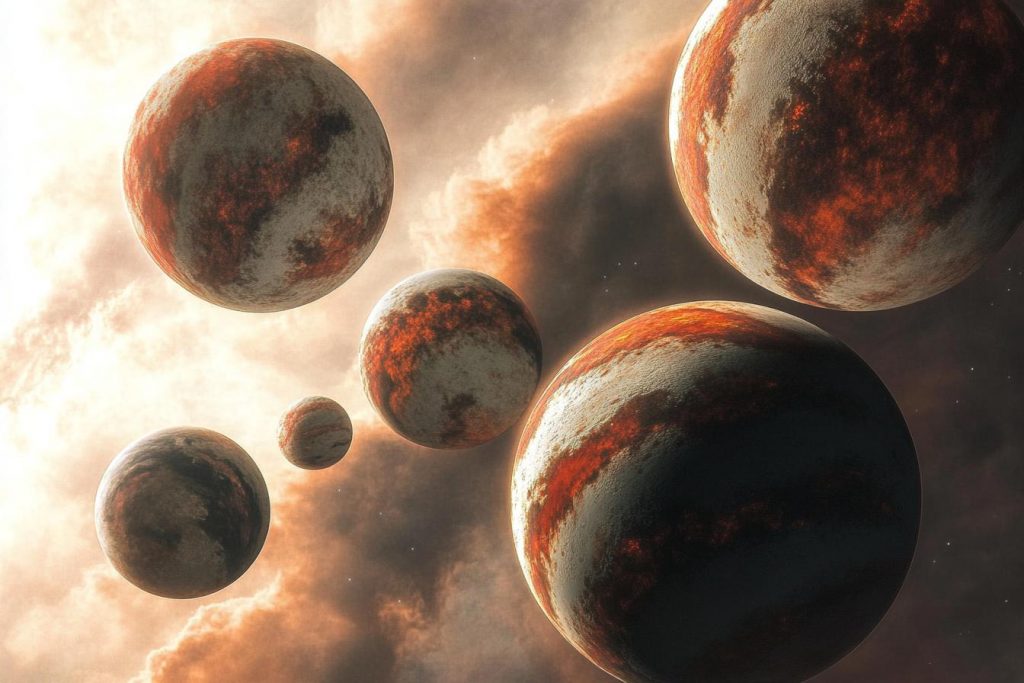
For generations, Earth was the only known world with life. But the discovery of thousands of exoplanets—some in potentially habitable zones—has forever changed that narrative. These distant worlds orbit stars far beyond our solar system, suggesting that planets may be more common than stars themselves. The possibility of life elsewhere suddenly feels much closer than science fiction ever dared to dream.
Gravitational Waves Confirmed

When scientists detected ripples in spacetime in 2015, they confirmed a century-old prediction by Einstein. These gravitational waves were created by the collision of two black holes, warping the very fabric of the universe. It’s like hearing the cosmos speak for the first time—not with light, but with gravity. This discovery opened an entirely new way to observe and understand the universe.
Water Found on Mars
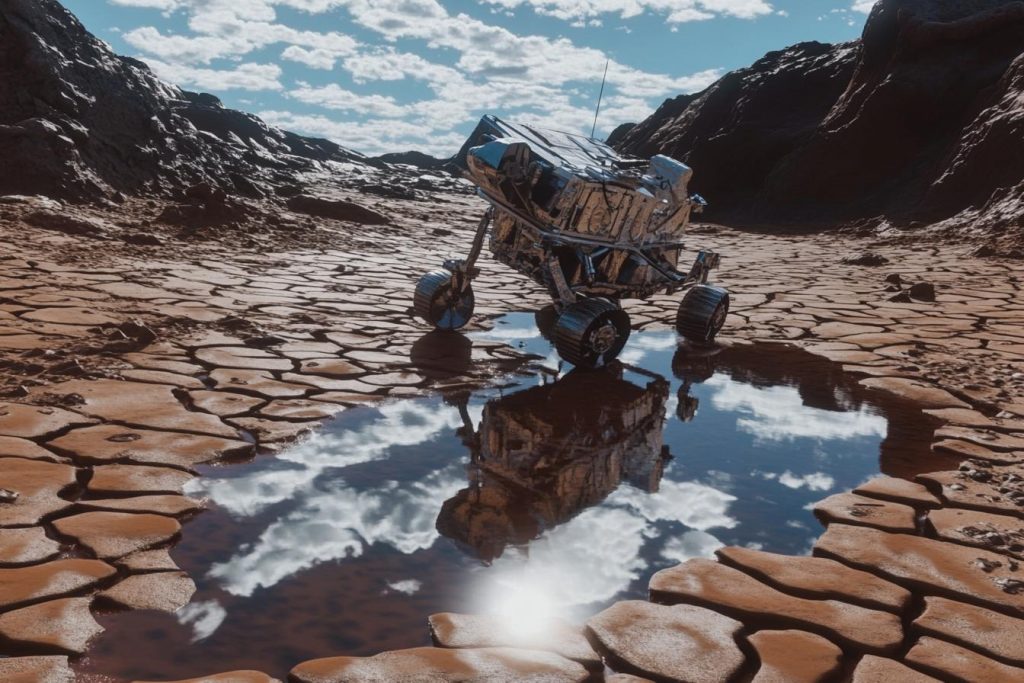
Evidence of liquid water beneath the surface of Mars has profound implications for the search for life. It suggests the Red Planet isn’t as barren as we once believed. Ancient riverbeds and salty subsurface lakes hint at a time when Mars may have looked more like Earth. Could microbial life still be clinging to the Martian shadows?
The Expansion of the Universe Is Accelerating
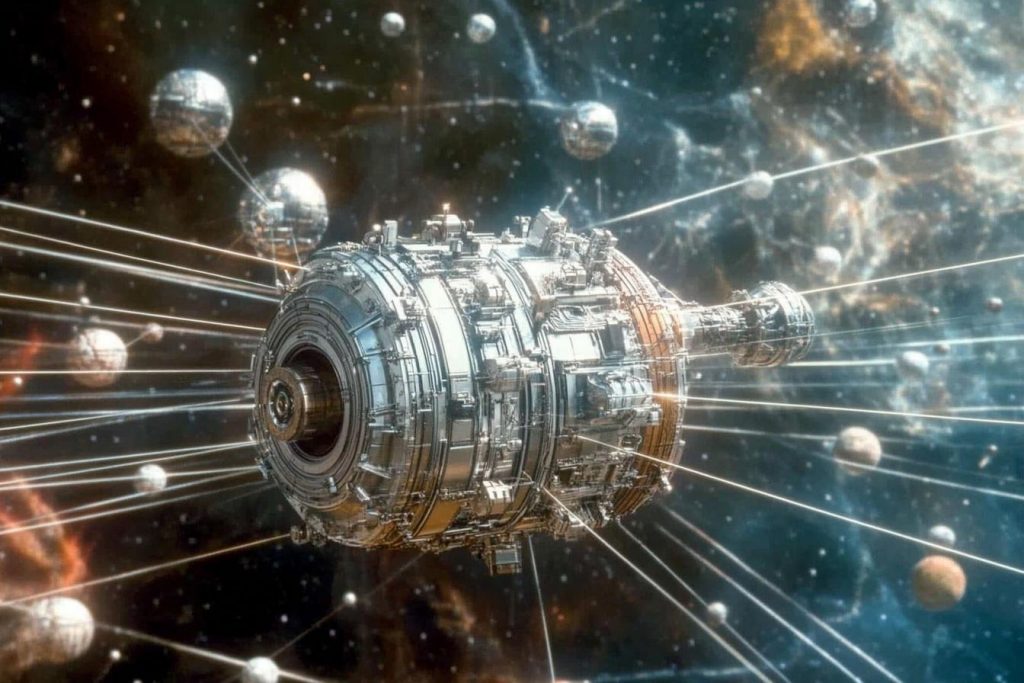
Scientists expected gravity to slow down the universe’s expansion—but instead, they discovered it’s speeding up. This bizarre phenomenon led to the theory of dark energy, an unseen force making up the bulk of the universe. It’s as if the cosmos is being pushed apart by something we can’t touch or detect. Whatever it is, it’s rewriting our understanding of cosmic fate.
A Star That Vanished Without a Supernova
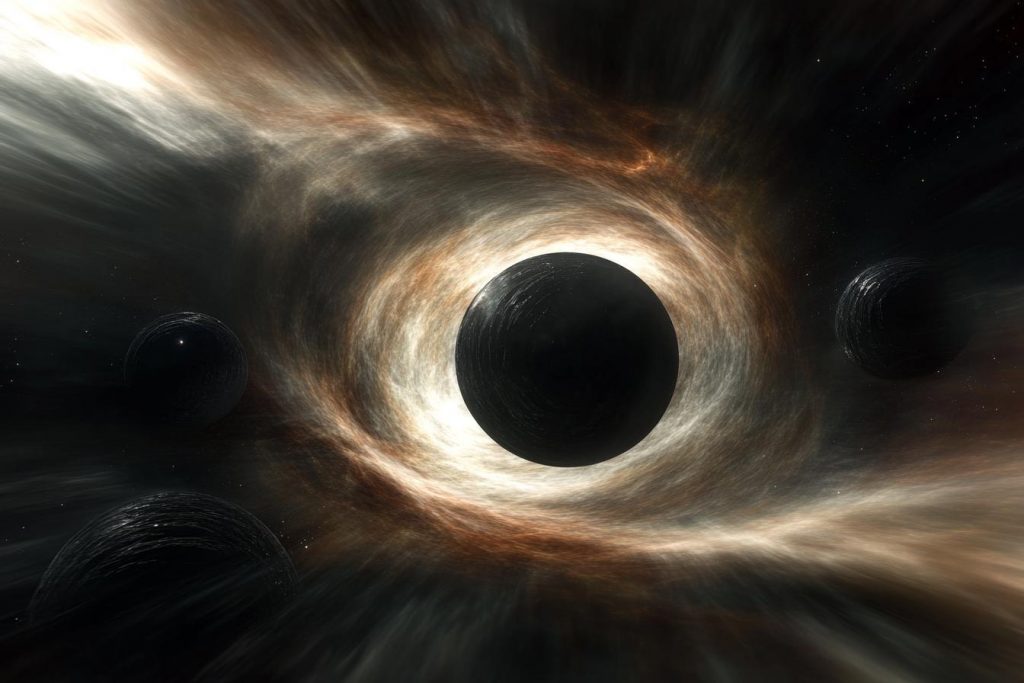
Astronomers were monitoring a giant star they expected to explode—but it simply disappeared. No bang, no flash, just gone. This raised the mind-bending possibility that some stars may collapse directly into black holes without a supernova. The universe, it seems, has more exit strategies than we realized.
The Bizarre Interstellar Object ‘Oumuamua
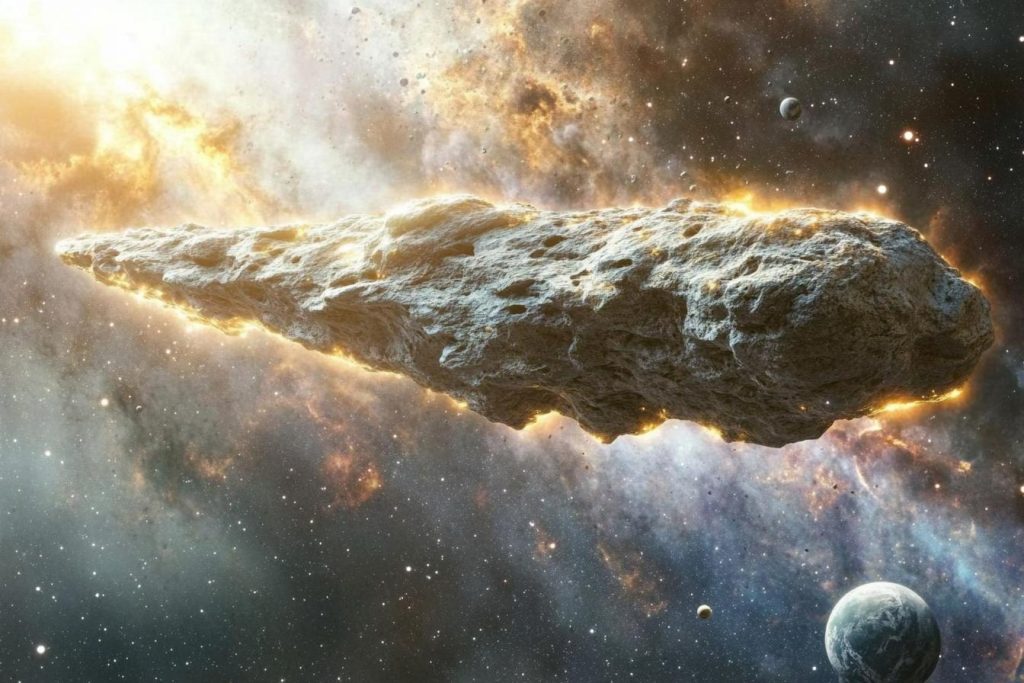
When ‘Oumuamua passed through our solar system in 2017, it behaved like nothing we’d seen before. Its elongated shape, strange acceleration, and lack of a tail left scientists baffled. Was it a comet, an asteroid—or something else entirely? Some even speculated it could be a probe from an alien civilization, and the mystery still lingers.
Dark Matter’s Gravitational Fingerprints
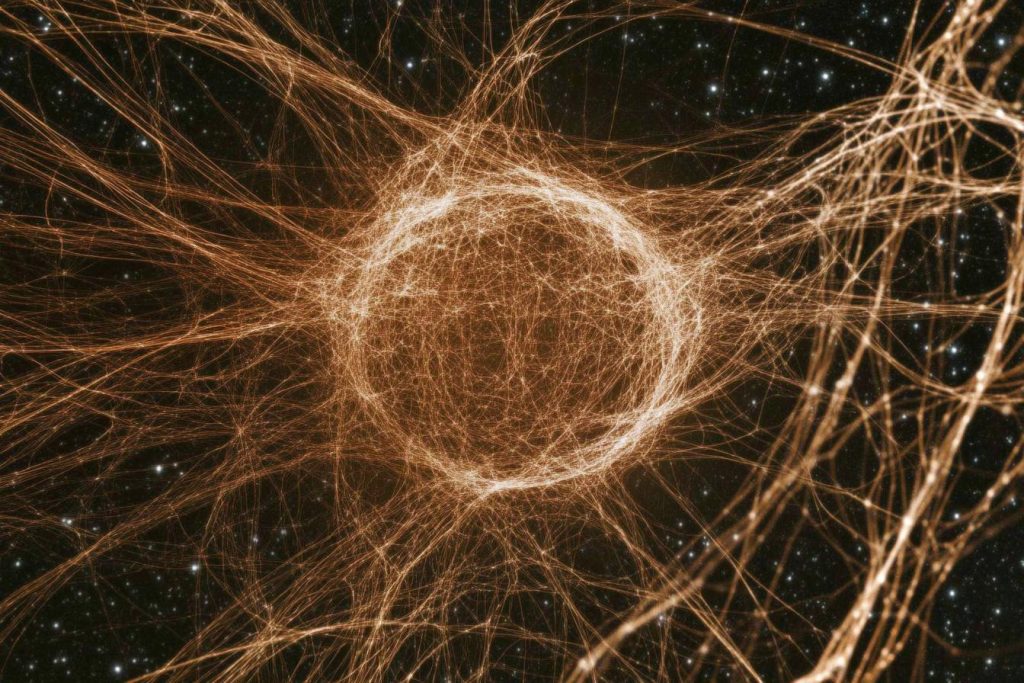
Though we can’t see or touch dark matter, its presence is felt throughout the cosmos. Galaxies spin in ways that defy visible mass, and dark matter provides the missing explanation. Its gravitational pull shapes the structure of the universe. Yet despite decades of searching, no one knows what it actually is—only that it must be there.
The Great Attractor
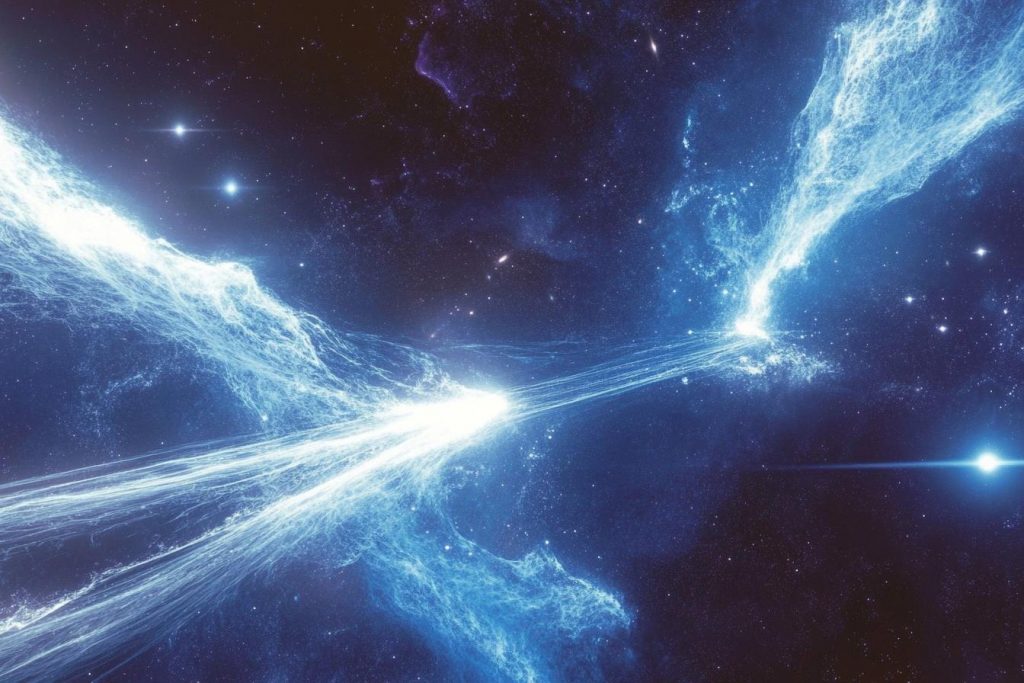
Deep in the cosmos, a massive anomaly exerts a gravitational pull so strong it’s drawing entire galaxies toward it. Called the Great Attractor, it’s hidden behind the Milky Way’s dust, making it difficult to study. Its mysterious nature has led to countless theories, including unknown structures or even a parallel universe. Whatever it is, it challenges our understanding of cosmic motion.
Time Dilation Near Black Holes
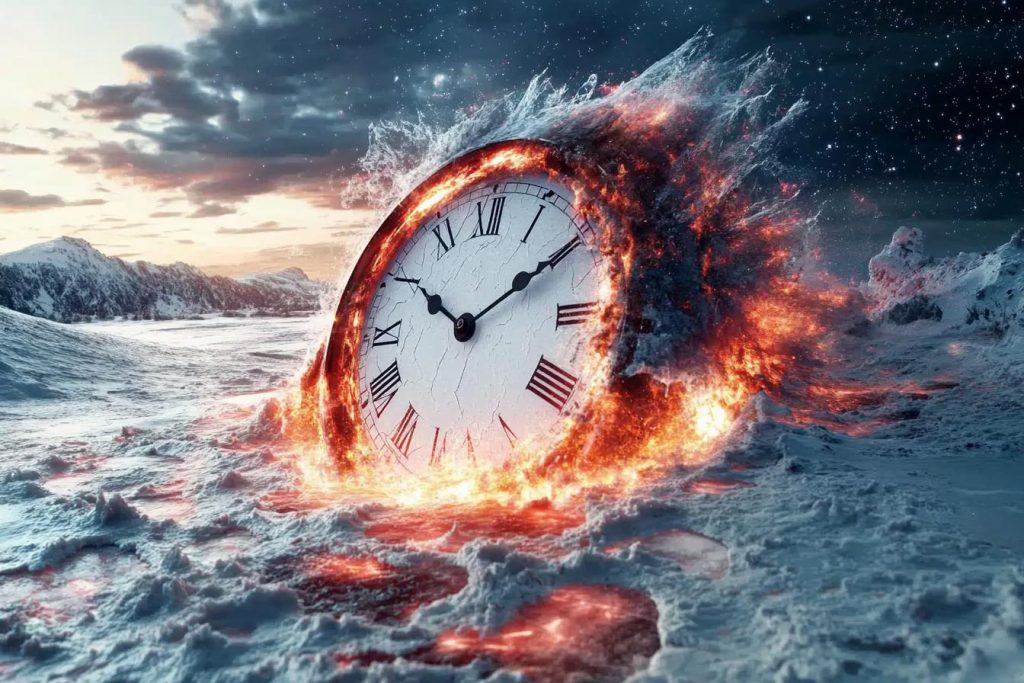
Einstein’s theory of relativity predicted it, but observing time slowing down near black holes has changed how we view reality itself. Near these massive objects, time bends and warps, moving slower compared to elsewhere. It’s not science fiction—it’s observable physics. Time, it turns out, is not a constant across the universe.
Cosmic Microwave Background Radiation

This faint glow, left over from the Big Bang, is a snapshot of the universe when it was just 380,000 years old. It’s the oldest light we can detect and provides crucial clues about the universe’s origin and shape. Like an ancient echo, it whispers the story of everything. Each pixel in the CMB map is a relic from the birth of the cosmos.
Neutrinos from Another Galaxy
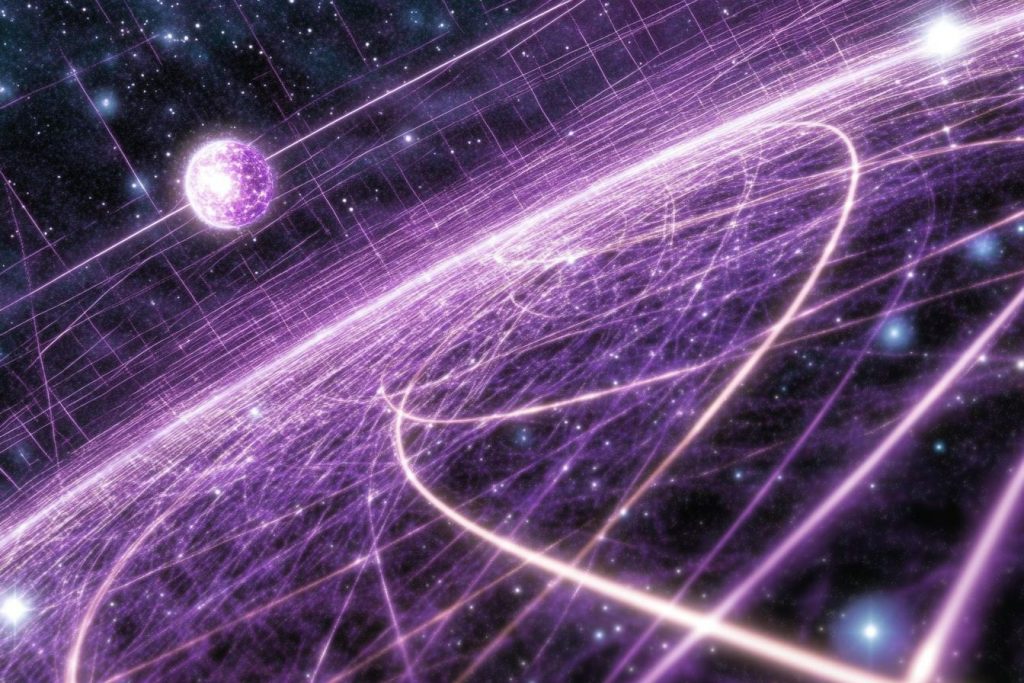
In 2018, scientists traced a high-energy neutrino back to a galaxy 4 billion light-years away. Neutrinos are nearly massless particles that rarely interact with matter, making them cosmic messengers. Detecting one from so far away opened a new path for understanding violent space events like black holes and supernovae. It’s like catching a single snowflake in a storm—and knowing exactly where it came from.
A Planet Made of Diamond
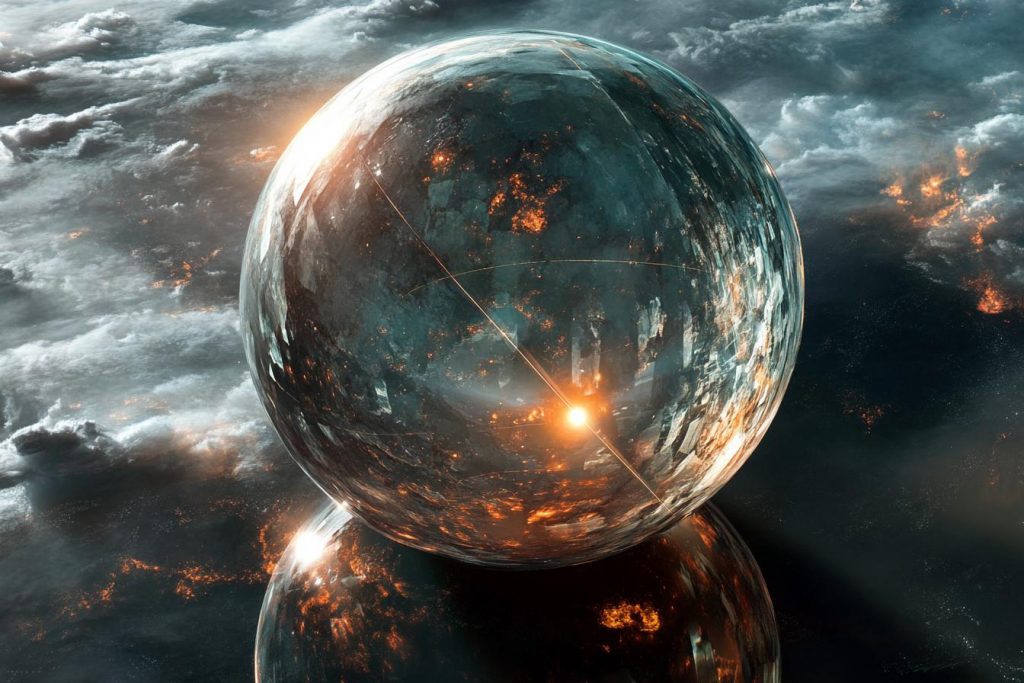
Astronomers discovered a planet likely composed mostly of crystalline carbon—a literal diamond in the sky. This exotic world orbits a pulsar and is denser than any known planet. Its value is incalculable, but its strangeness matters more than its sparkle. It shows that the universe doesn’t just surprise—it dazzles.
The Webb Telescope’s Deep Field Revelations
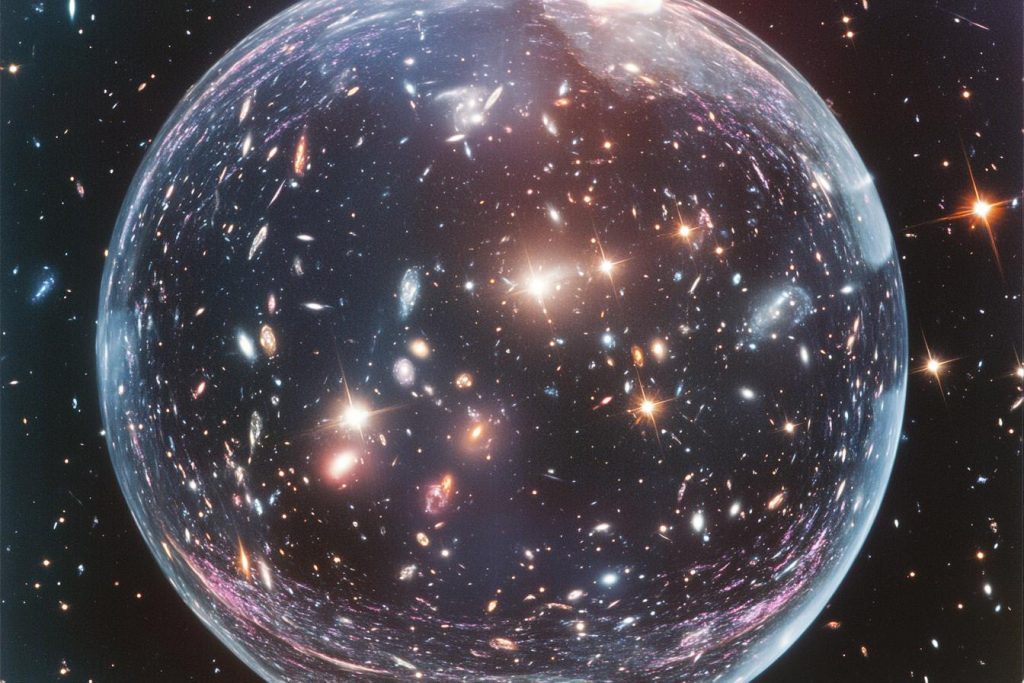
The James Webb Space Telescope has already begun revealing galaxies that formed just a few hundred million years after the Big Bang. Some of them defy expectations—appearing larger and more developed than current models allow. These images aren’t just beautiful—they’re challenging everything we thought we knew. With each photo, the cosmos reveals another secret from its ancient past.
The Great Cold Spot in the Cosmic Microwave Background
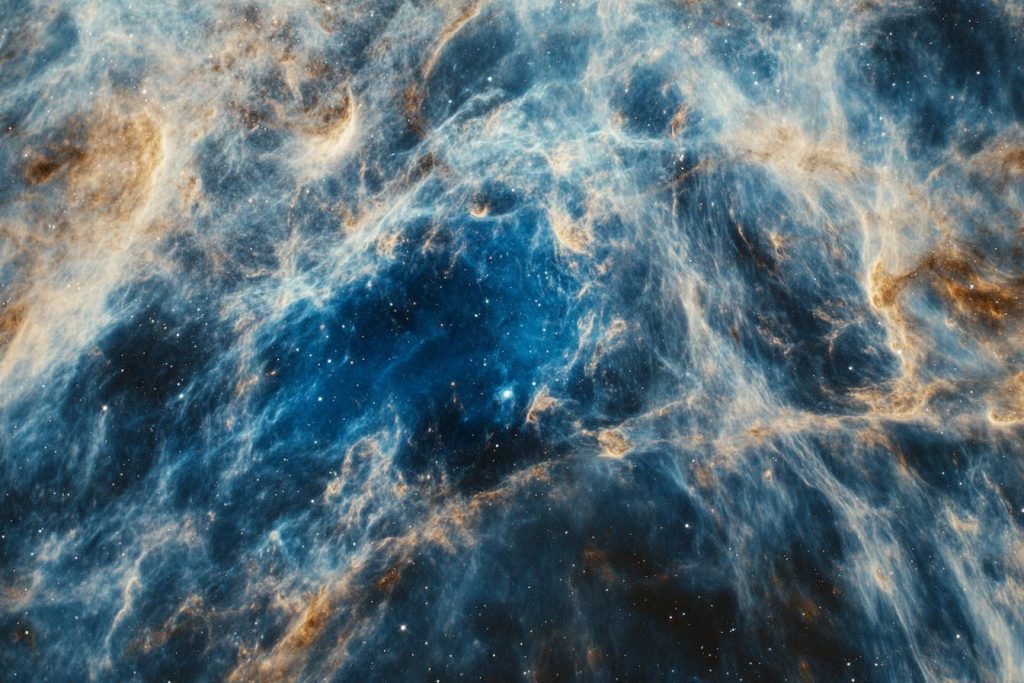
Astronomers discovered an enormous, unusually cold region in the cosmic microwave background—an ancient echo of the Big Bang. Known as the “Cold Spot,” this anomaly doesn’t fit with standard models of how the universe evolved. Some theories suggest it could be the imprint of a parallel universe brushing up against ours, or even a flaw in our understanding of cosmology itself. Whatever its origin, the Cold Spot challenges the idea that the universe is uniform and well-understood.
A New Kind of Ending

The universe isn’t just a place—it’s a puzzle with shifting rules and unexplored corners. These discoveries are more than scientific milestones; they’re glimpses into a deeper reality that challenges our very sense of existence. Every revelation brings new questions, suggesting the cosmos is far more dynamic, strange, and alive than we ever dared imagine. The more we learn, the more we realize how little we truly understand.

